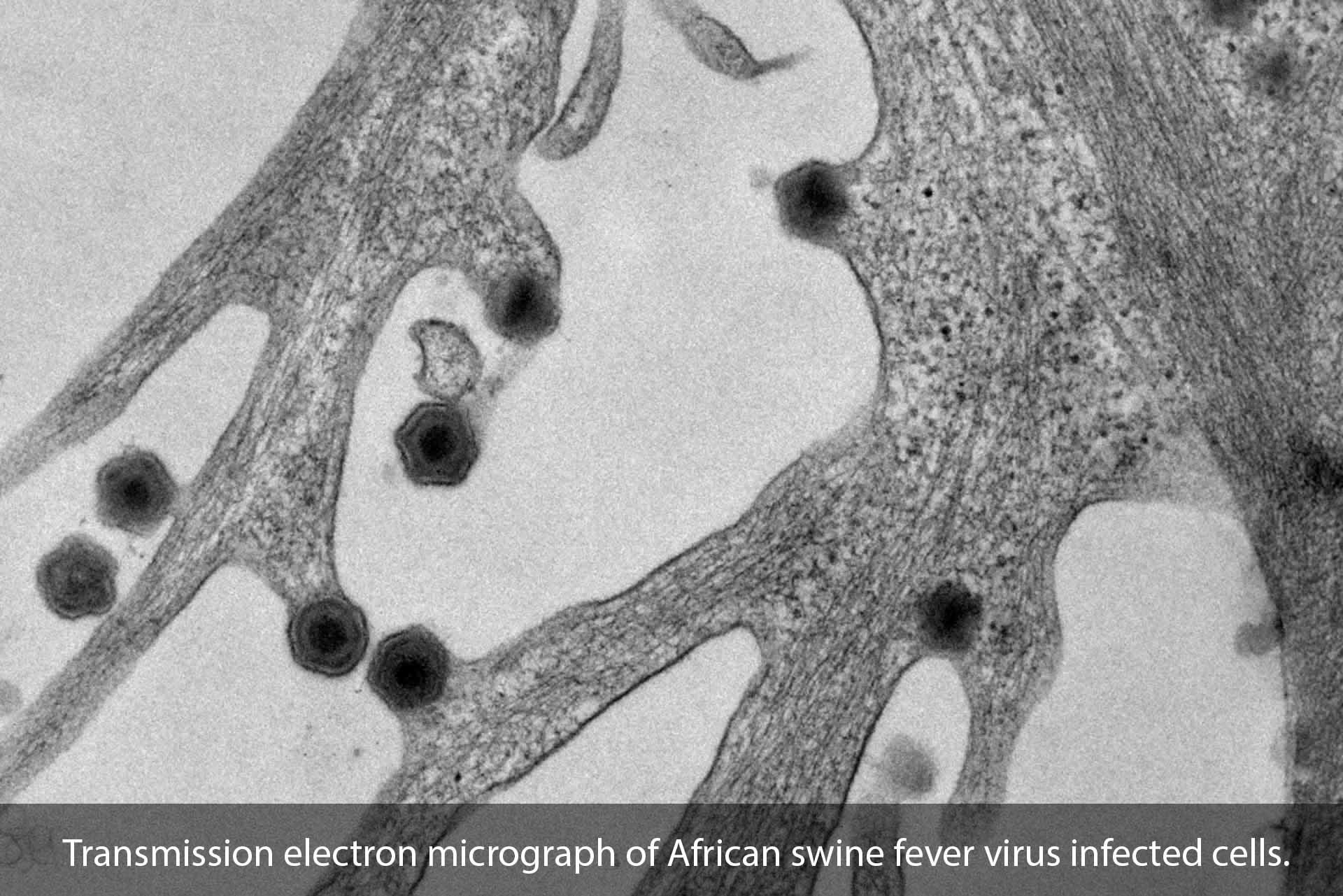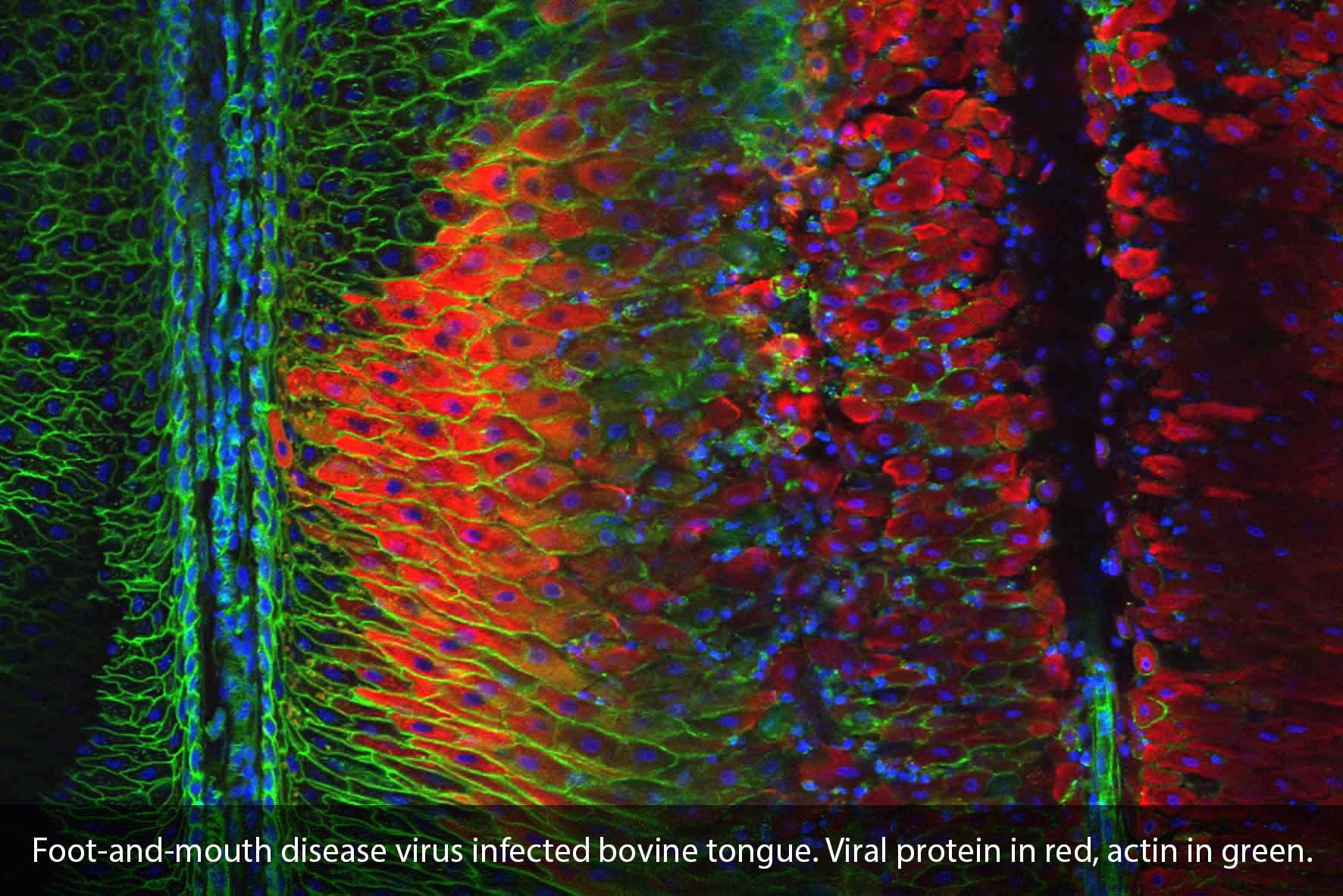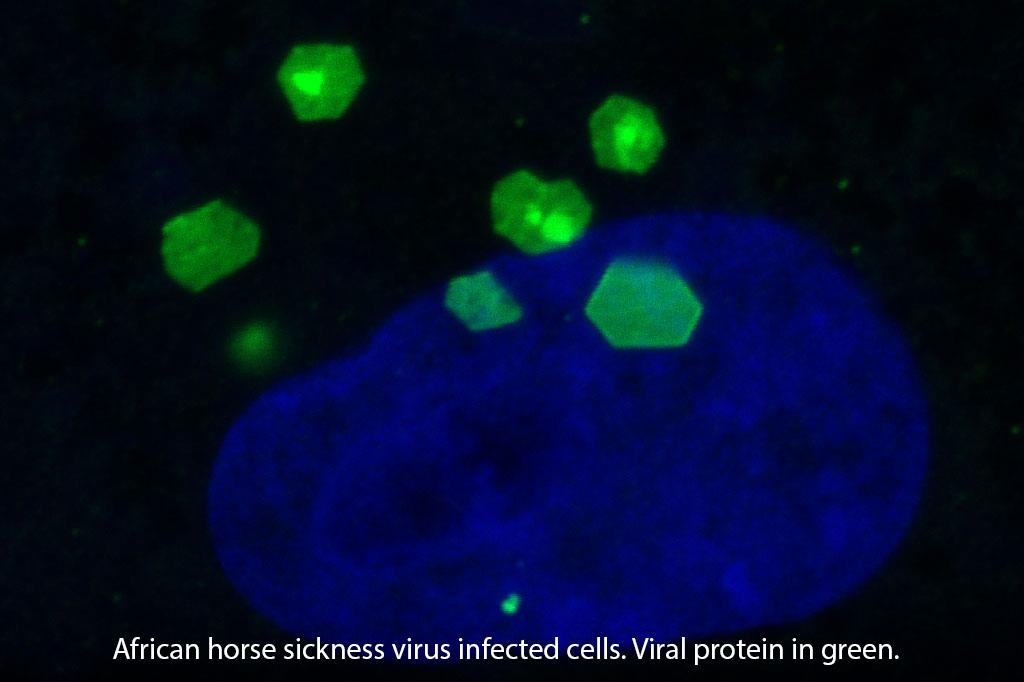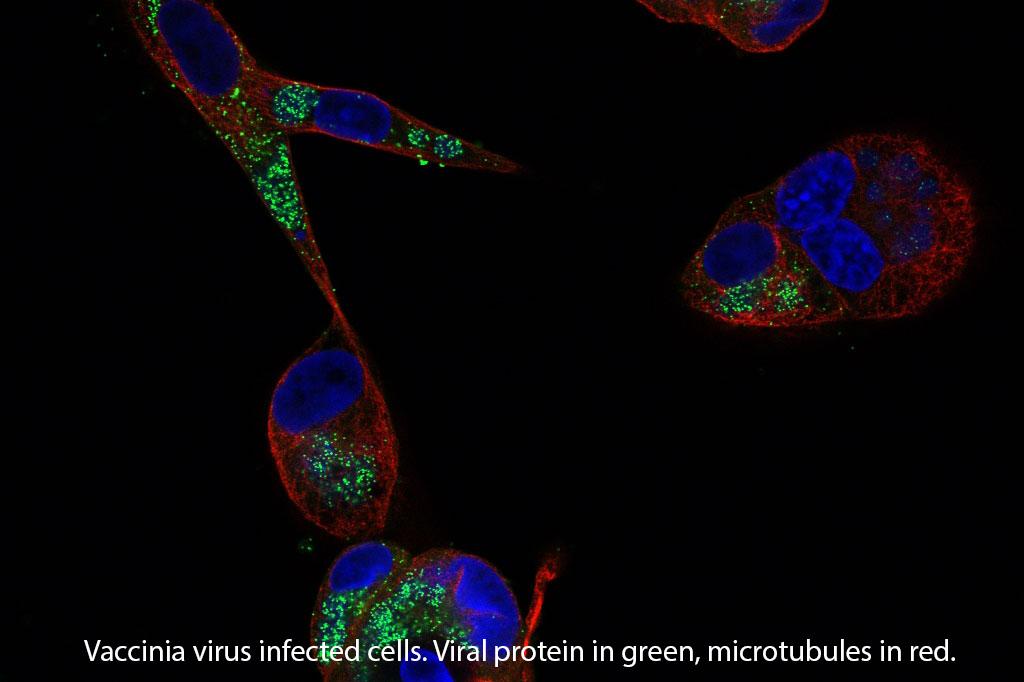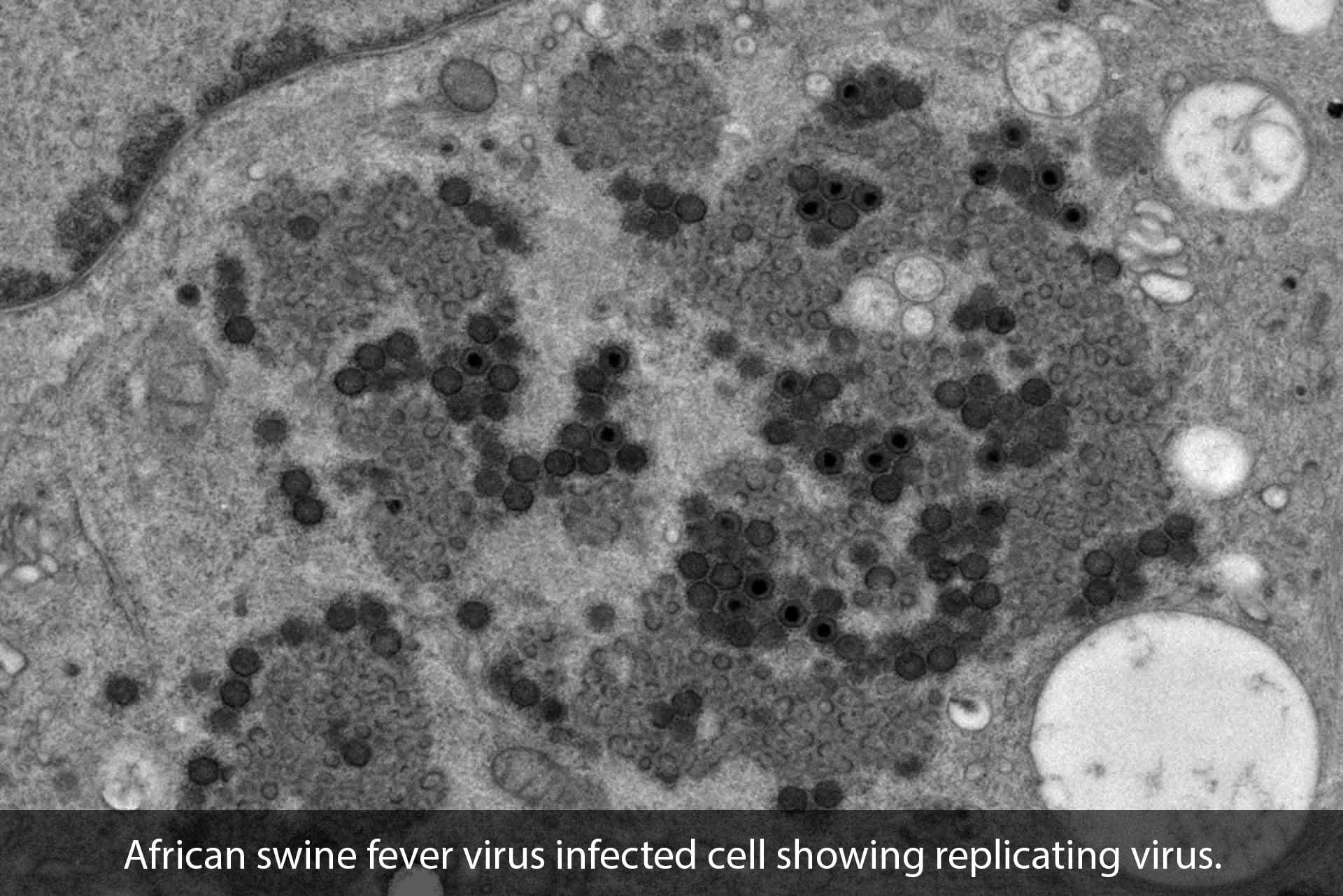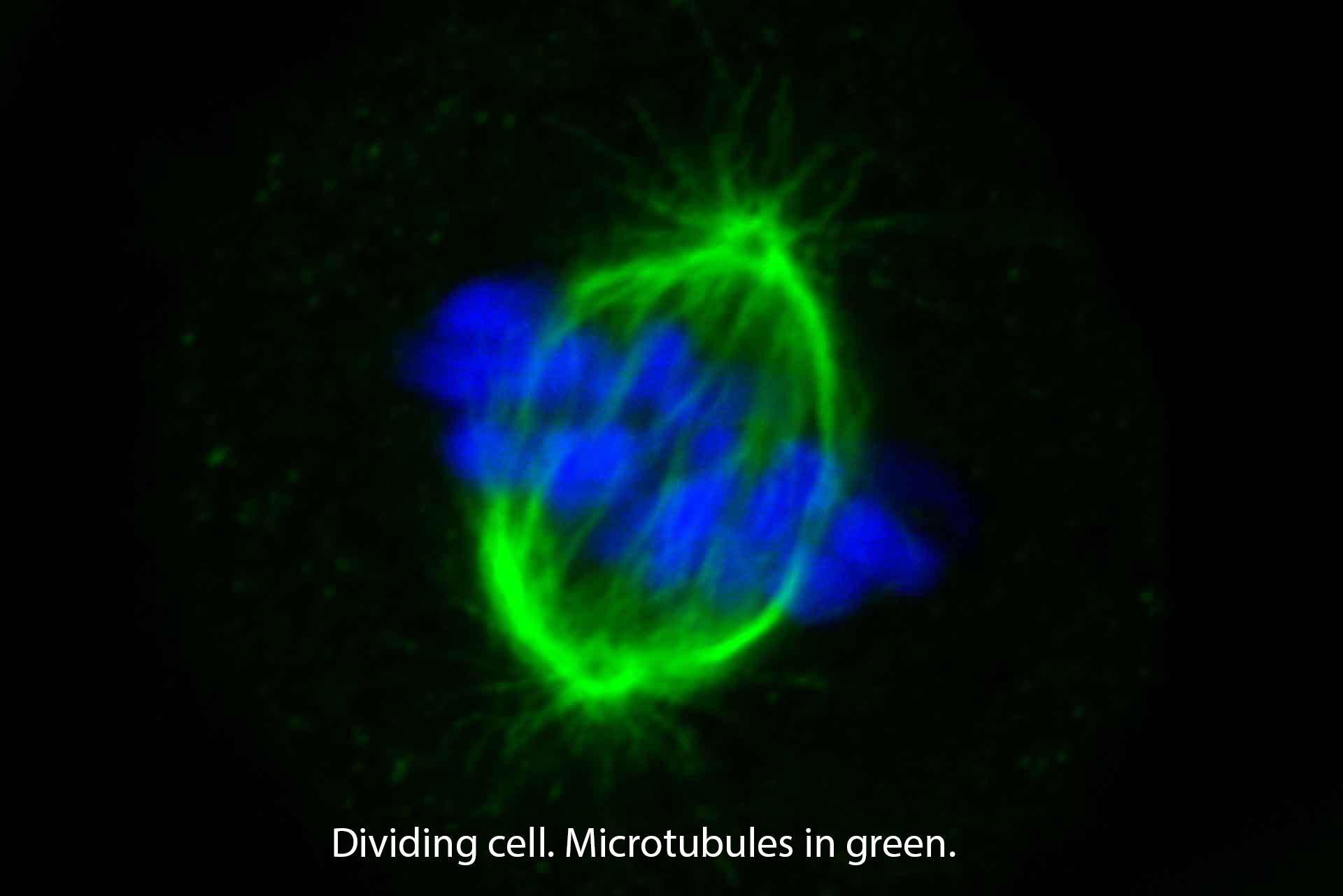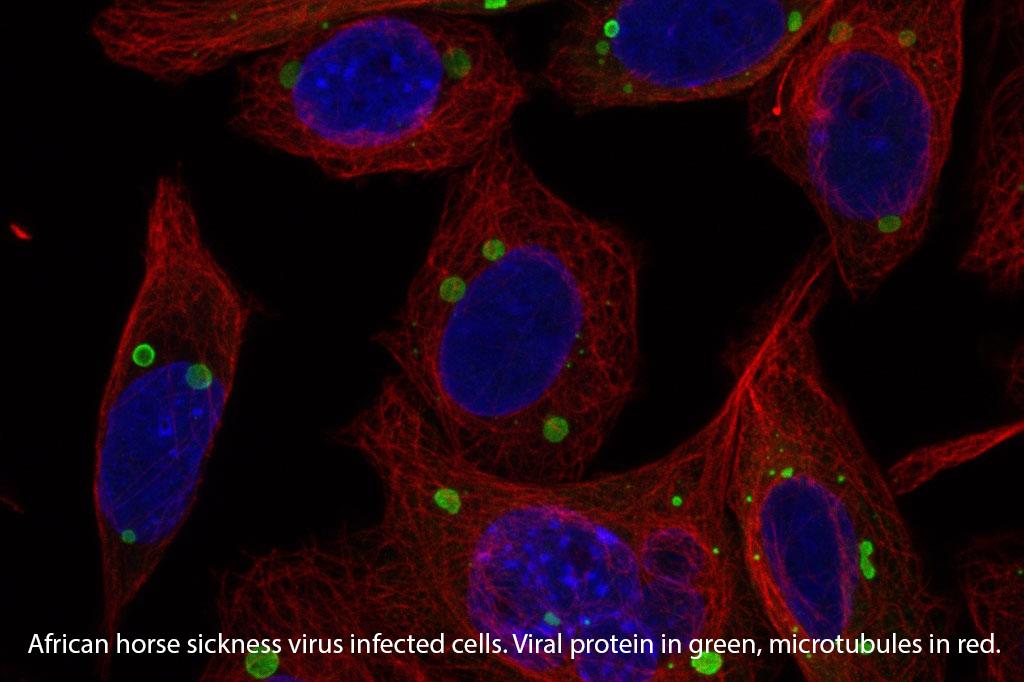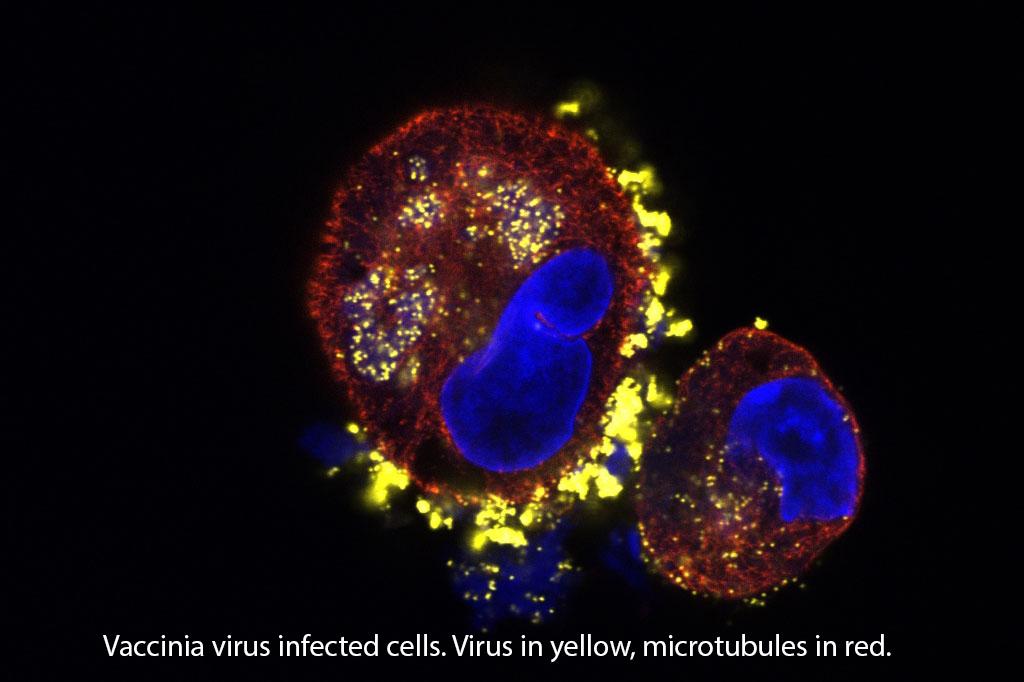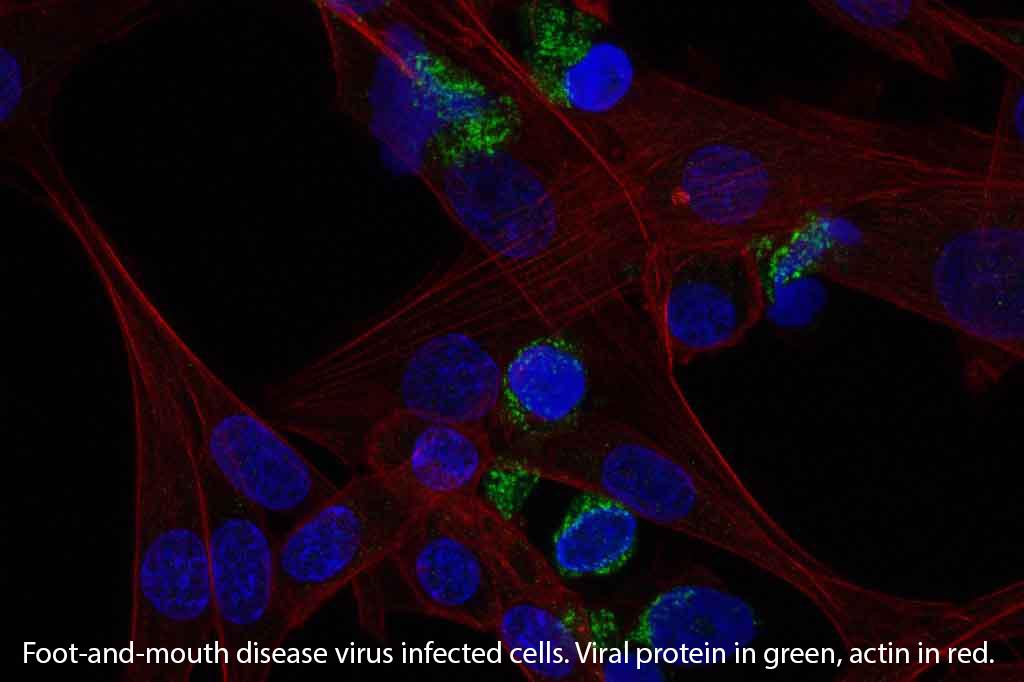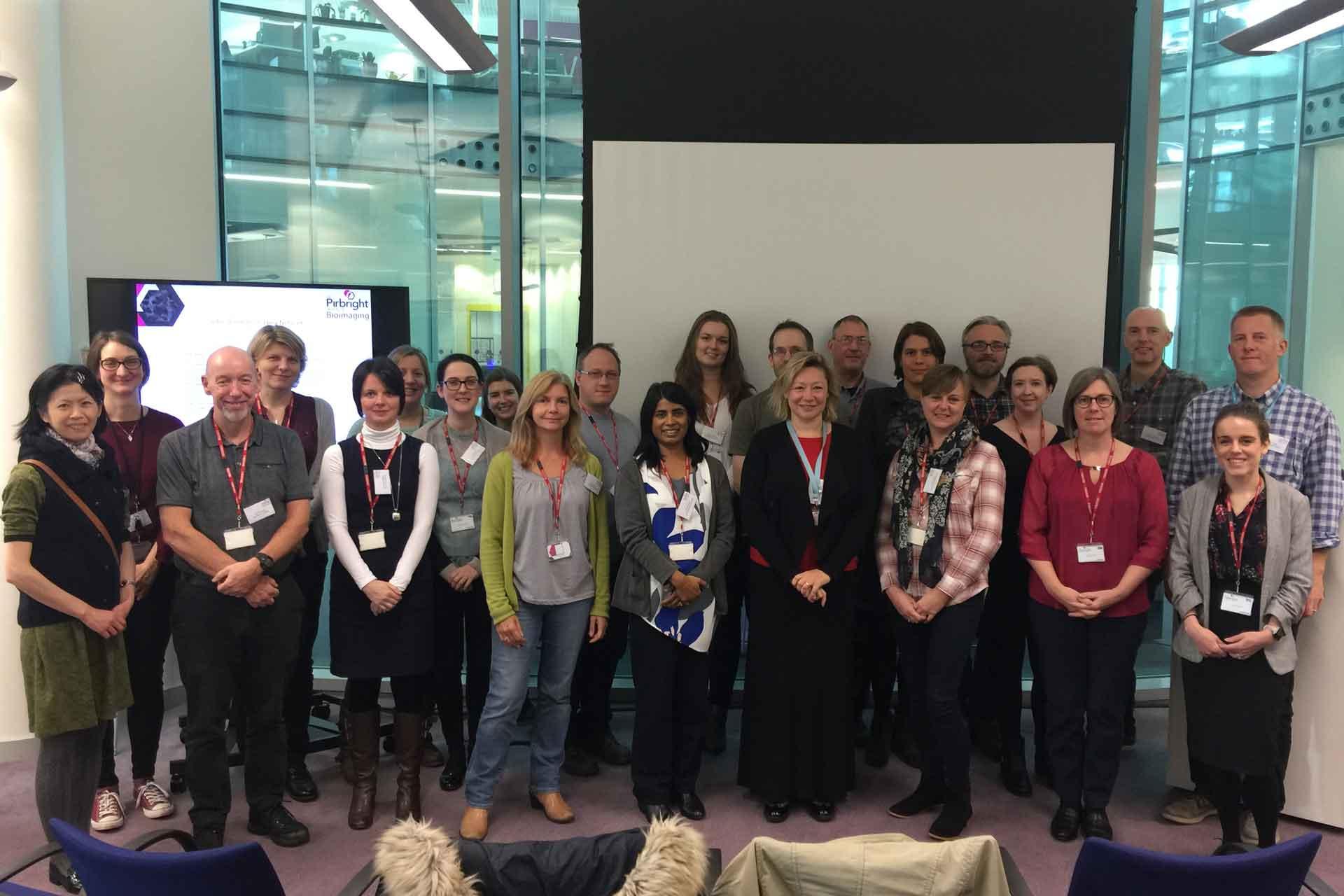The first meeting of the Inter-Institute Imaging Network (IIIN) was recently held at The Pirbright Institute to promote collaboration between its partners in the field of bioimaging.
Delegates from the Biotechnology and Biological Sciences Research Council institutes and close collaborators attended the two day meeting to encourage discussion on the challenges and solutions of working in bioimaging. On the first day, heads of bioimaging showcased their facilities, each displaying the resources and expertise available, followed by talks on the second day where speakers highlighted science projects where they’d used the imaging facilities.
“There was a huge amount of enthusiasm for the network, which will be continued through annual meetings hosted at BBSRC institutes and email discussion groups which will help us keep connected in between”, said Professor Pippa Hawes, Head of the Bioimaging group at Pirbright.
Besides the stunning pictures the various imaging methods can create, bioimaging is an essential tool for researchers across multiple fields of biology. It can be used to visualise biological structures in molecular detail, and track the movements of cells and the chemical reactions they use to function. These visualisations enable scientists to discover the best ways of tackling diseases and improve health for plants and animals, including humans.
“Our world class bioimaging suites in the BBSRC National Vaccinology Centre: The Plowright Building provide unique opportunities for studying highly contagious viruses under the microscope”, continued Professor Hawes. “These imaging facilities are operated under high containment conditions, which allows us to visualise viruses such as African swine fever virus or foot-and-mouth disease, which no other UK labs are able to do.”
The advent of new technologies have rapidly improved the precision and functionality of the tools that can be offered to scientists to answer their biological research questions. But many research institutes have unique bioimaging challenges due to the type of research they conduct. “This meeting has been a fantastic way of sharing experiences, challenges and solutions between other facilities, which we hope will strengthen our procedures and resources as a whole”, finished Professor Hawes.
